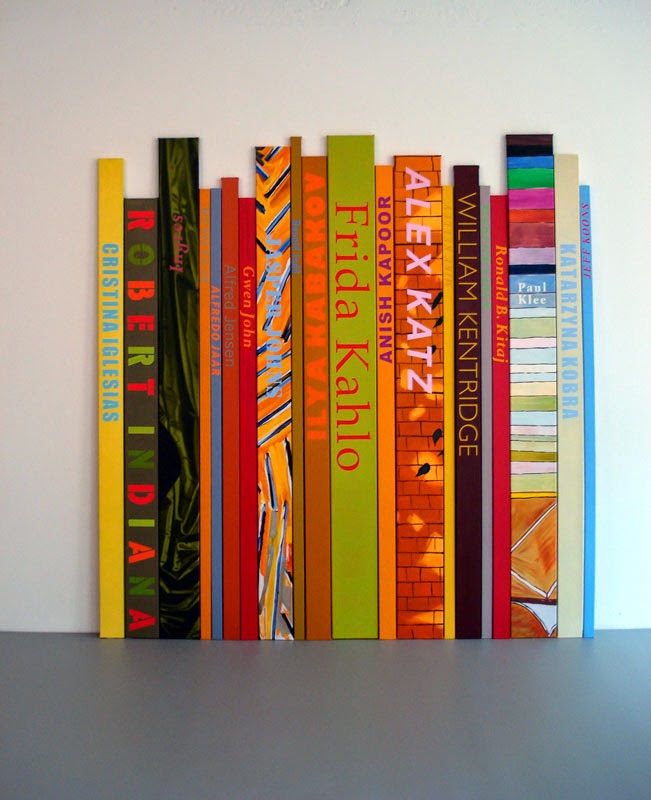Feuilleté est un
livre blanc dont les pages conservent la trace indélébile des
empreintes digitales de Julien Nédélec, puisque chaque exemplaire du
livre aura été feuilleté par l'artiste et ses doigts salis par de
l’encre. Tiré à 700 exemplaires, chaque exemplaire de ce livre est de
fait unique.
Cette nouvelle édition de
Feuilleté
fait suite à une première édition publiée en 2008, aujourd’hui épuisée.
Conçue comme la précédente, elle présente un nombre de pages
augmenté et une nouvelle reliure.
« S’il fallait résumer le travail de Julien Nédélec en quelques
mots, on pourrait affirmer qu’il se situe quelque part entre Raymond
Hains, l’OuLiPo et Claude Closky. Raymond Hains, tout d’abord, pour
cette propension à manipuler le langage, transformer le sens en
non-sens – ou tout au moins en un sens différent –, s’amuser des
renversements sémantiques et continuellement brouiller les pistes.
L’OuLiPo, ensuite, constitué dans les années soixante par Raymond
Queneau et le mathématicien François Le Lionnais, en raison de son goût
pour les séries, les ensembles, les suites complexes et plus
généralement les mathématiques. Claude Closky, enfin, pour le jeu
permanent, la recherche constante du décalage. » Antoine Marchand
(Revue 02)
Caractéristiques techniques
9 euros
48 pages
11,5 x 18,5 cm
Broché
ISBN
978-2-915859-43-0
2013
http://www.editions-zedele.net/feuillete-ne.html


















































